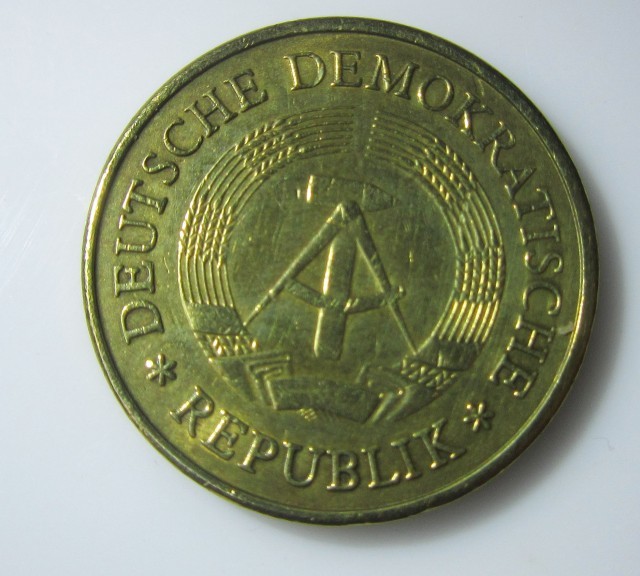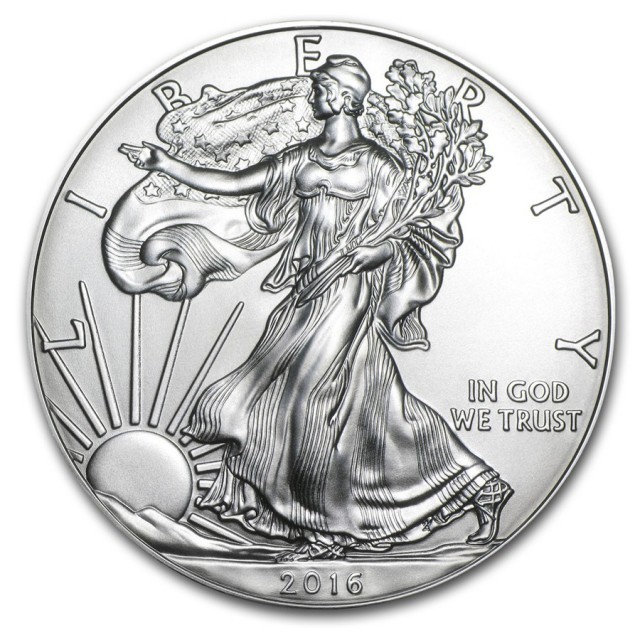
Published at 24th Mar 2018
Modified at 5th Nov 2023
How Coins Are Made?

The first step in generating coins is the manufacturing of strips of metal with proper thickness. The U.S. Mint purchases these strips, for all coins apart from pennies, from commercial suppliers.) Strips for pennies are zinc. Strips for nickels are composed of an alloy with at least 75% of copper and 25% of nickel.
US Quarters, US dimes, and half-dollars are also generated from three layers of metal fused collectively. The external layers are composed of an alloy, which are used for nickels, and the centre is copper. The metal strips are supplied into blanking presses, which are available in cut, round blanks (planchets), and have fairly estimated dimension along with its finished coin.
Moreover, commercial companies give the planchets for pennies to the Mint. The blanks are lope throughout the annealing furnaces to make them soft and then through dipping barrels, revolving cylinders that enclose with chemical solutions to sanitize and polish the metal. Next, the blanks are cleaned and set into drying machines.

Photo: Philadelphia mint making hubs and dies
Then the blanks go throughout “refining”, or “upsetting” machines, which create the raised (upset) rim. Blanks are used to carry on either coining or stamping press. The blank is seized in set by a collar, or ring, as it is struck under an incredible pressure. Pennies entail about 40 tons of loads, and the large coin needs more proportionately, as well.
Moreover, upper and lower dies trample the design on both angles of the coin at the same time. Grooves within the ring seizing the blank form the “reeding” or ridges on the rim of completed coins, apart from nickels and pennies, which have soft rims. The presidential and Native American dollar coins consist of lettering on the rims.
What Metals Are Coins Made From?
Below is list of types metals used to mint coinage and some are combination of these metals.
BRONZE COINS
Most ancient coins are made from bronze. It’s a of mixture of tin and copper that’s made in a mould. An exception are Chinese coins that were cast in mould with a mixture of copper, tin, lead, from brass, bronze or iron.
One Ancient Chinese dynasty the Han Dynasty produced 220 million coins.

COPPER COINS
Pre UK-1922 one pence were 97% copper, but since 1922 they are copper plated steel. 
BRASS COINS
Brass coins are low value coinage made from 75% copper, 20% zinc and 5% nickel. 
Bi Metal coins
These two tone coins are made of a core of nickel-brass, ringed by a copper-nickel alloy. It is inexpensive to make but looks attractive. 
SILVER COINS
Ancient silver coins from Europe were crude and the percentage of silver did vary. One can study that every nation reduces silver content when they are in financial trouble.
There are reports of Ancient Roman solders rebelling when their silver coinage had lead added to it.
UK and Australia reduced their coinage silver content from 92.5% TO 50% after WW2 to help pay off their war debt.
In Europe, when the Austrian Empire was strong, they minted the famous 1780 Maria Theresa Silver Thaler Restrike Trade Coin. This coin was .83333.33 pure silver and was so popular for trade that the Austrian Mint produced 800 Million coins, but always used the 1780 as restrike. This Thaler silver coin was minted in London just to keep up with demand. Many countries in North Africa or Middle East used the Thaler coin for their trade currency at the time. 
Today mints make 99.9% pure silver but so many coins have different percentage silver and its important to know this. 
GOLD COINS
Since ancient times gold has been a stable currency coin as it was readily accepted from Ancient Romans to Greeks and the Persian empire. Even India minted its own Gold coin, the Fanams in 16- 17th century Modern Gold coins are minted 99.9% pure but Gold Sovereigns are only 22 Carat gold or 0.917 parts per 1,000 gold. Modern Gold coins are minted 99.9% pure but Gold Sovereigns are only 22 Carat gold or 0.917 parts per 1,000 gold.

PLATINUM COINS
Platinum coins are minted as a rare metal and is 99.95% pure Platinum. Perth mint is one of a few minting companies that produces high quality platinum coins. It requires different eqiptment to withstand the extreme and difficult heat to producing the platinum coins, so most mints do not have the equipment to do this.
Platinum has an international currency symbol under ISO 4217 of XPT. USA also mints high quality Proof American Platinum Eagle Coin. Canada’s famous maple leaf design is also available as Platinum coin.

MODERN COINS
Most modern coins are made with inexpensive metals such as copper and nickel and of small value and some silver plated. Many countries have stopped minting low vale cent coins as countries change to new digital world. The days of pockets worn out from heavy coins as pocket change are now over and future generations will not experience this problem.

Shop Now for Coins
Search the Coin Encyclopedia
Related Auctions
Related Articles
Why Do People Collect Coins? Collectors buy and collect coins for personnel pleasure and enjoyment or for an enjoyable investment. In late 1980s to early 1990s coin collecting was not so popular but now there is a re insurgence in collecting coins.
10th Jun 2009
Silver has been used in coins for centuries. The ancient Romans made silver coins for the Roman Empire but only Rome was allowed to make silver coins and all the countries that were made part of the roman Empire could only produce bronze, not silver coins
24th Apr 2018
From time to time you will come across an ancient coin with a hole on it. Coins that were holed in ancient times are intriguing. Why was this so?
12th Mar 2018
Latest Articles
Washington quarters are 25-cent US coins issued since 1932. The original obverse remains, with dozens of varieties and new reverses. Learn the history, types, key dates, and errors on the iconic coin!
4th Nov 2024
Walking liberty half dollars are 50-cent American coins circulated from 1916 to 1947. The iconic design has been featured on the silver eagle bullion since 1986 and remains sought-after by collectors.
7th Oct 2024
Standing liberty quarters were circulated US coins issued from 1916 to 1930 as part of the Renaissance of American Coinage. Learn the values, varieties, and stories of standing liberty quarters!
9th Sep 2024
Article Categories
Collection of articles providing lots of useful information on coins through the ages.
30 Articles












